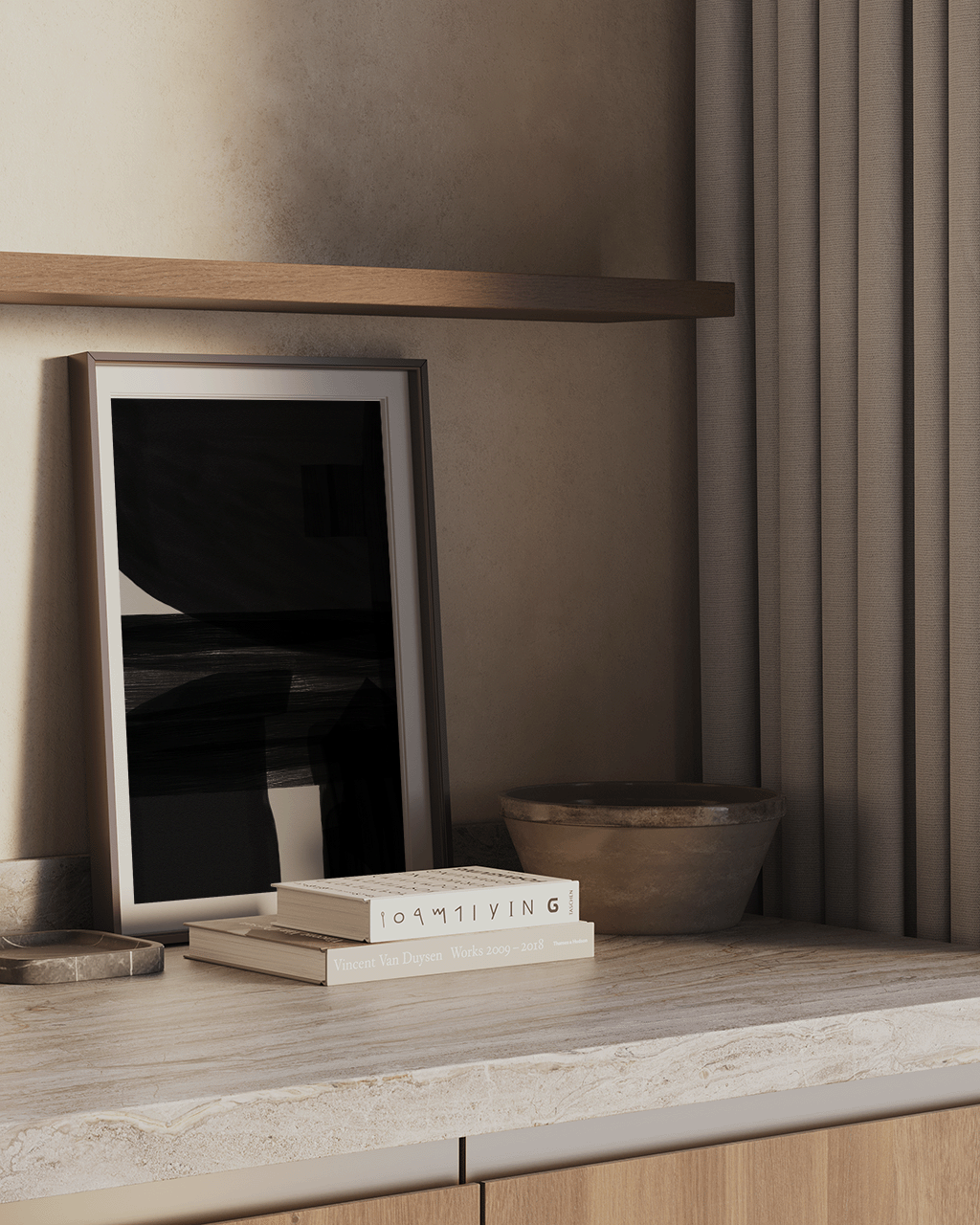On merging creative practices with Anna Johansson
Anna Johansson is a Scandinavian designer and artist that merges creative practices through different mediums. We spoke with her about her beginnings, her family shared workspace in Stockholm and her creative evolution during her womanhood.
Interview: Sofia Estrada, Photography: Courtesy Anna Johansson
Can you please talk about channeling your creativity through abstract art?
It's not something I decide to do- abstract art. Instead, I create patterns and shapes in colours that I am drawn to. Sometimes I make something that looks like something non-abstract to play with my head. Also, abstract art opens people's minds and gives viewers a more open perspective and fantasy to see their own things. That's a powerful thing to me.
How did you find this practice and how has it been useful?
I have always been into creating things since I could. Painting on my parents' walls, sewing my dance costumes, playing hairdresser, you know.
It's easy to grab paper and a pen and start communicating, creating and releasing what you have inside. It has been my way of expressing myself: doodling, illustrating, painting and writing on paper.
How do you think the different creative branches that you work on contribute to one another? These being abstract art, shoe design, and Creative Direction in fashion.
In many ways. Sometimes, they clash regarding where I have my mindset. Who is the receiver? Do I do this for myself and someone else?
The different branches go parallel with each other. So, for example, both are needed for me in my creative mind since I need my art to "breathe" and have an open mind, whilst my creative strategies and designing accessories and shoes are really to create something that will make people happy and feel something. But in the end, the different channels contribute to new perspectives.
How is your creative process for fashion design in Flattered?
It's been many years, and I have grown in my way of doing things. My process is short and straightforward. I spent long nights in design school, thinking more time would level up the result, but that was not a method for me. It needs to go fast, and then I can change things a long way. My mind needs to be quick and not overthinking.
So firstly, I collect many images and information, save them on different social media channels, in my mobile library or print them out. Then I put it all together, and my brain starts sorting out bits and pieces. Then, finally, I start drawing –sometimes by hand, but often by digital drawing. A cool thing about being a small company producing in Europe is that I have the most beautiful relationship with the factory patternmakers, so we can try things and work closely together. So that's how the collections are built!
Since you studied fashion and textile design, tell us about the beauty of textiles.
The textiles tell you a story of genuine handicrafts. It's a piece of art in itself and deserves respect. The techniques drape differently, reflecting light in different ways and how it feels when touching it. The surfaces and shapes of textile are usually a great inspiration in my design processes.
How is your creative process for abstract art?
Don't overthink. Just do. But keep an eye on the details.
Please describe the Scandinavian Aesthetics.
Since I was born and raised in Scandinavia, it's hard to pinpoint what it means –it's just "there". But it represents simplicity and craftsmanship, with an extraordinary interest in subtle details, which would be the most appropriate description.
Can you please tell us about the space you share with your daughter Anine?
I live with my fiance and our daughter Anine, in an apartment built at the beginning of the 20th century in a cozy neighborhood in central Stockholm. It's small but spacious, with big windows and a luxurious ceiling height of four meters. The interiors are very "me", made with neutral colors. In contrast to the old details we have added modern angles to make it more exciting and personal. I have put my own made things everywhere: art on the walls, pottery and ceramic projects grouped with all of my design books. It's never messy because then I cannot focus. I am calm as long as it's cluttered but organized and Anine is a great helper.
How has your life been through creative expression? Has been part of the different chapters of your womanhood?
It started by myself, a young girl finding interest and caughting up in the world of painting and creating things. Whatever it was, it was my safe zone.
Then in my teenage years, I was entirely into dance competitions and school –trying to balance the left and the right brain at once. Trying to figure out who I was and what I was supposed to contribute. I have always known that I would work with creating beautiful things, but I needed to figure out what field or how I would arrive there—a creative self-confidence of some sort.
During the past years, I have felt more confident in myself, being a mom and not having the time to overthink and care what others think of me or my work. And that's the best feeling.










